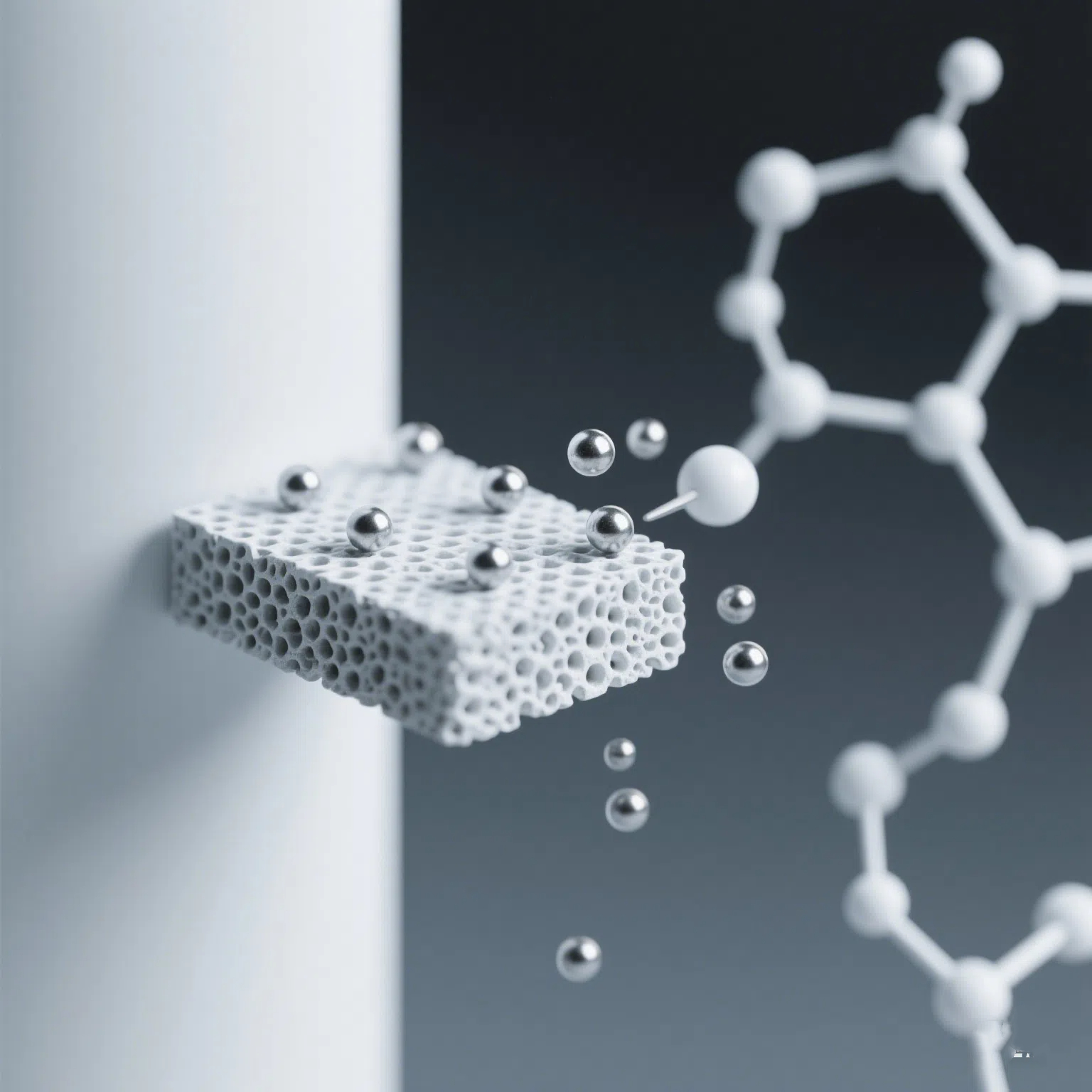


Catalysts and
molecular sieves are two critical components in industrial chemistry, working
together to drive efficient and sustainable chemical processes. While catalysts
accelerate reactions without being consumed, molecular sieves act as precision
tools to enhance catalytic performance through selective adsorption and
structural control. This article explores their interconnected roles and
applications.
1. What Are
Catalysts?
Catalysts are
substances that increase the rate of chemical reactions by lowering activation
energy. They remain unchanged at the end of the reaction, making them reusable.
Common examples include enzymes in biological systems and platinum in
automotive catalytic converters.
2. Understanding
Molecular Sieves
Molecular sieves are
porous materials with uniform pore sizes, typically made of aluminosilicates
(zeolites) or synthetic frameworks like MOFs (Metal-Organic Frameworks). Their
structure allows them to selectively adsorb molecules based on size and polarity.
Key properties include:
High surface area:
Enhances contact with reactants.
Uniform pore size:
Filters molecules by size (e.g., 3Å, 4Å, 5Å sieves).
Thermal stability:
Withstands high temperatures in industrial processes.
3. Molecular Sieves
as Catalysts
Certain molecular
sieves, such as zeolites, possess intrinsic catalytic activity due to their
acidic sites. For example:
Cracking hydrocarbons:
Zeolites like ZSM-5 break down large petroleum molecules into gasoline in Fluid
Catalytic Cracking (FCC) units.
Shape-selective
catalysis: Their pores restrict reactant/product sizes, ensuring only specific
reactions occur. This is vital in producing chemicals like *para-xylene* for
polyester manufacturing.
4. Molecular Sieves
as Catalyst Supports
Molecular sieves
often serve as supports for active catalytic metals (e.g., Pt, Pd, Ni).
Benefits include:
Dispersion:
Nanoparticles are evenly distributed on the sieve’s surface, maximizing
reactivity.
Stability: Prevents
catalyst sintering at high temperatures.
Selectivity: Pores
control access to catalytic sites, reducing unwanted byproducts.
Example: In
hydrogenation reactions, nickel-loaded zeolites selectively convert unsaturated
hydrocarbons into saturated ones while blocking larger contaminants.
5. Advantages Over
Traditional Catalysts
Efficiency: Higher
surface area improves reaction rates.
Sustainability:
Reduces waste by minimizing side reactions.
Reusability:
Molecular sieves are thermally stable and regenerable.
6. Industrial
Applications
Petroleum refining:
Zeolite catalysts produce cleaner fuels.
Environmental
remediation: Sieve-supported catalysts break down pollutants like NOx and VOCs.
Pharmaceuticals:
Enable precise synthesis of chiral molecules.
7. Challenges and
Future Directions
While molecular
sieves enhance catalysis, challenges include:
- High synthesis
costs.
- Pore blockage
(coking) in prolonged use.
Conclusion
Catalysts and
molecular sieves form a powerful duo in modern chemistry, enabling cleaner,
faster, and more selective reactions. From fuel production to pollution
control, their synergy drives innovation across industries. As technology
advances, this partnership will play a pivotal role in achieving greener
chemical processes.